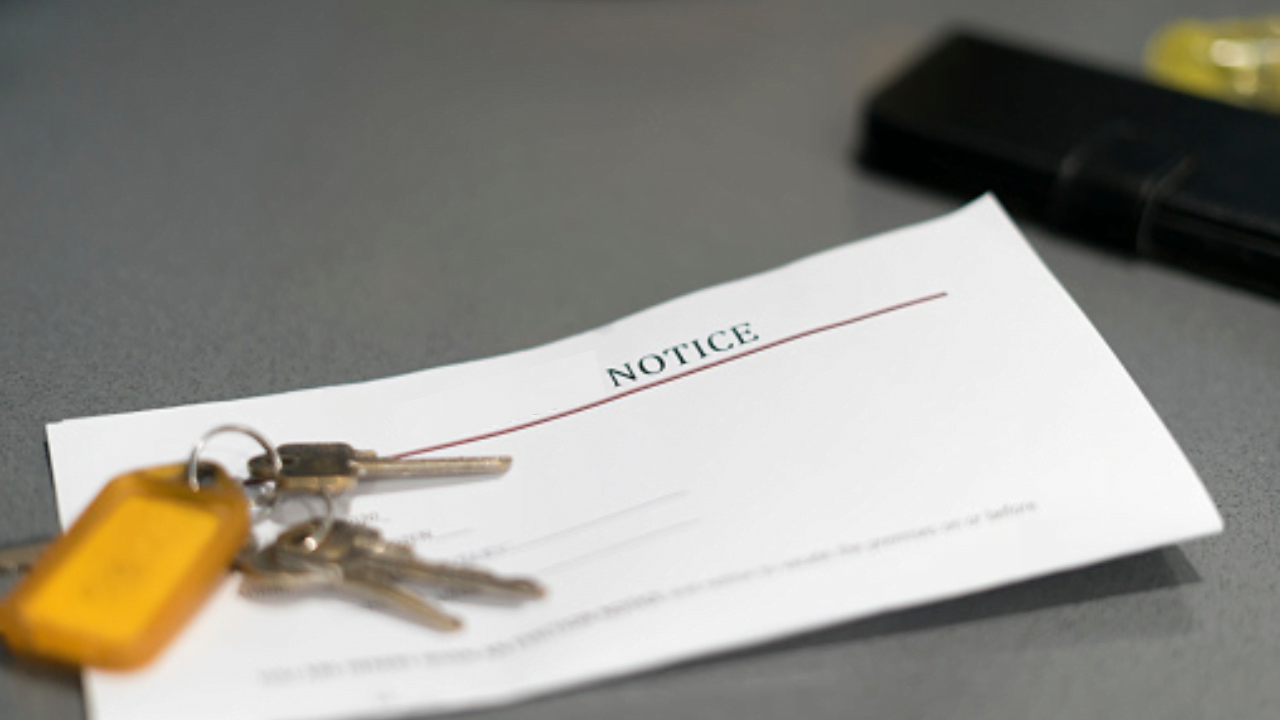Routine Property inspections are an integral aspect of maintaining the optimal condition of a property. For landlords and property managers alike, it is imperative to conduct routine inspections regularly. This guide shall furnish you with strategies and techniques for streamlining your routine property inspections. Thus enabling you to confidently assure that the property is in the most favorable condition possible. The guide shall delve into the frequency at which these routine inspections should be conducted. The criteria to be considered during the inspections, and the methodologies for documenting and reporting any issues discovered.
Routine Property Inspections: How to Manage Them
It’s important to conduct routine rental property inspections amid your tenancy. Identifying minor problems now could prevent more major problems down the road.
Routine property inspections are not only a great way to ensure that your property is in top shape, but they also provide an opportunity for your tenants to voice any concerns they may have and to bring attention to any needed repairs. We have put together a comprehensive condition report rental inspection checklist and guide for landlord property inspections to make the process as seamless as possible. And if you prefer to have someone else handle the inspection for you. We also provide access to a service where you can book a professional inspector to complete the report for you. With this approach, you can be confident that your property is always in top condition and that any issues are addressed promptly.
In this article, you’ll find out the answers to the most common questions about Routine Inspections:
- What does routine inspection mean?
- What is the recommended frequency of inspections?
- Before an inspection, how much notice should I give the tenant?
- What points should I notice during the inspection?
- What should I record as the outcome of the inspection?
- After the rental property inspection, what are the next steps I should take?
- Did someone else complete the inspection for me?

What does routine inspection mean?
Conducting routine inspections, also known as landlord property inspections, during the lease period is a great way to ensure that your rental property is well-maintained and free of any damages or other issues.
The person conducting the inspection should always keep in mind that a tenant lives in the property and the inspection is not meant to be a judgment on their habits, but rather to make sure that the property is kept in a clean and safe condition.
These inspections also serve to ensure the safety of the rental property and should be done concerning the tenant’s rights. It’s not uncommon for routine inspections to uncover small issues that may need attention, but this is an opportunity to address and take care of any repairs or maintenance needs promptly. By following this approach, you can ensure that your rental property is always in top condition and that your tenants feel respected and comfortable.
What is the recommended frequency of inspections?
We highly recommend conducting routine inspections of your property at least twice a year to ensure that it is well-maintained and in good condition for your tenants.
It’s important to note that each state has its regulations on how often landlords are allowed to conduct routine inspections. For example,
- In New South Wales, landlords can conduct routine inspections 4 times a year.
- In Victoria, every 6 months (but not within the first 3 months).
- In Queensland, every 3 months.
- In South Australia, every 4 weeks.
- In Western Australia, 4 times a year.
- In Tasmania, every 3 months (as well as an initial inspection during the first month).
- In the ACT, 2 times a year (as well as an initial inspection during the first month).
- In Northern Territory, every 3 months.
By following these guidelines, landlords can ensure that they are providing their tenants with a safe, comfortable, and well-maintained property while also adhering to the regulations of the state.
Before an inspection, how much notice should I give the tenant?

It’s important to keep in mind that each state has its regulations when it comes to the minimum notice period required before conducting a real estate inspection.
For example, in New South Wales landlords are required to give their tenants 7 days’ notice before an inspection, in Victoria, the same applies, in Queensland, 7 days, in South Australia, 7-14 days, in Western Australia, 7-14 days, in Tasmania, 24 hours, in ACT, 7 days and Northern Territory, 7 days.
By being aware of these regulations and providing the appropriate notice to your tenants before conducting an inspection. You can ensure that you are following the rules and providing your tenants with the appropriate time to prepare for the inspection. This approach will help to foster a positive and respectful relationship between landlord and tenant and make the inspection process a smooth and stress-free experience for everyone involved.
What points should I notice during the inspection?
When conducting a routine property inspection. It’s important to check both the inside and outside of the property to ensure that it is well-maintained and in good condition. Below is a more detailed checklist of items to check for during the inspection:
Inside:
- The property should be tidy and well-presented.
- Check that all smoke alarms are working. It’s a good idea to bring extra batteries just in case any alarms need to be replaced.
- Test all lights and light switches to ensure they are functioning properly.
- Inspect the condition of the kitchen appliances and fittings, such as the oven, stove top, and exhaust fan. Check for any signs of wear and tear or damage.
- Check for any leaks in sinks or taps.
- Inspect the flooring for any damage, such as stains on the carpet, broken or cracked tiles, or scratches on floorboards.
- Check the condition of sliding doors and windows, including the handles and locks.
- Look for any large marks or holes in the walls.
Outside:
- Check that the locks and handles on external doors are in good working order.
- Inspect the garage to ensure it is well-organized and that the lock is functioning properly.
- Check that the garden/lawn is well-maintained.
- Inspect for any large overhanging branches or trees that may need to be cut back.
- Check for any damage to gates and fences.
- Check for excessive cobwebs under the eaves of the roof.
By following this detailed checklist, you can ensure that you are thoroughly inspecting the property and identifying any potential issues that need to be addressed.
What should I record as the outcome of the inspection?
Creating a brief report summarizing the condition of the property and any areas of concern that you may have identified during a routine inspection is a great idea. It not only helps you to document the condition of the property but also helps the tenant to understand the areas that need attention. There are several templates available for doing this.
We are excited to inform you that we have recently digitized the condition report process, making it even easier for you to keep track of your property’s condition. With the Rent Better platform, you can create a condition report for your property. Send it to your tenant for signing, and then save it in my documents section. This way, you can easily update the report each time a tenant enters and exits the property.
If you haven’t yet made the switch to self-managing on the Rent Better platform. We still have some tips to help minimize the effort of this process.
- Keep it simple, you can use a simple table, listing the rooms of the house and outdoor areas in one column, and a few bullet points or a ‘good’/’bad’ label in a second column.
- Take photos of any damage to include in the report.
- Each state typically provides a template for a condition report upon entry
After the rental property inspection, what are the next steps I should take?
Once the routine property inspection is completed, it’s a great idea to assess the condition of the property. If everything is in good shape, don’t forget to send a short thank you email or text to your tenants and file your report away for safekeeping. This small gesture will show your tenants that you appreciate their efforts in maintaining the property and help to foster a positive and respectful relationship.
If repairs are needed, it’s important to take care of them as soon as possible. This can be done by engaging the right professionals to fix any damages.
If the tenants are not keeping the property to your standard. It’s important to raise it with them during the inspection or follow up with written instructions post-inspection. This can include outlining specific steps you wish them to follow in maintaining the property. This approach will help to ensure that the property is well-maintained and that your tenants understand the expectations for keeping the property in good condition.
If at your next inspection, you are still not satisfied with the condition then you may need to investigate whether the tenant is in breach of their duties under the lease agreement. You will need to look at the terms of the lease and consult the relevant state government authority. By following this approach, you can ensure that the property is well-maintained and that any issues are addressed promptly.
Can someone else do the inspection for me?

We are more than happy to help with your property inspection needs. If you are looking for a convenient option, you can always choose to have someone else inspect for you. Whether you are a landlord or property manager, you can contact us for assistance in booking a professional inspector to complete the report for you. This can save you time and ensure that the inspection is conducted thoroughly and efficiently. We offer free-of-charge inspections for the owners they don’t have to worry about anything and the owner can join the inspection if they want to. For more information contact us.
